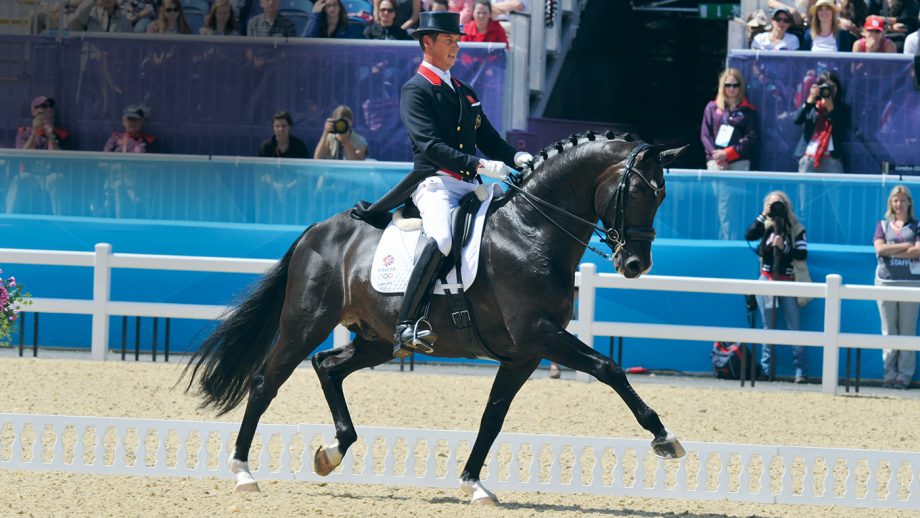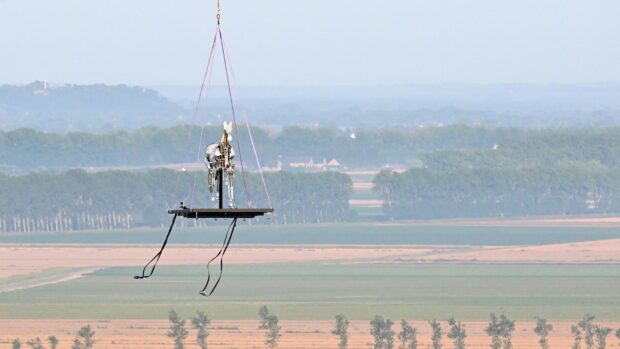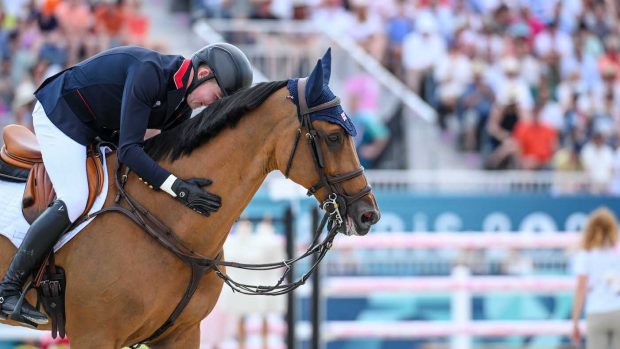What is dressage?
Dressage is one of the three Olympic equestrian sports – the others are eventing and showjumping. The word “dressage” comes from the French word “dresseur”, which means training. The sport of dressage at the Olympics involves showing off a horse’s training by performing a set of prescribed movements in front of a panel of judges.
What is the purpose of dressage?
Dressage is all about the rider working in harmony with their horse, developing suppleness, flexibility, obedience and athleticism – which ultimately help make a horse more pleasant to ride. Dressage as a concept dates back to 350 AD, and it has its roots in battle – a better-trained horse would be more effective and efficient on the battlefield. Over time, this developed into a way of demonstrating horsemanship and the relationship between horse and rider.
What do horses and riders have to do?
In a dressage test, rider and horse perform certain movements specific to the level at which they are competing. Judges score each movement out of 10. There are seven judges at the Olympic level. Challenging movements receive double marks, and the rider’s skill is also marked. The total marks are converted into a percentage score for the combination – the higher the better.
How difficult is dressage?
Dressage competitions take place at a range of different levels across the UK, governed by British Dressage, but the highest level within the sport is grand prix. It usually takes many years of training for a rider, and a horse, to reach this level.
What is dressage at the Olympics?
At major championships, such as the Olympic Games, team competitors perform a standard grand prix test, followed by another, even more difficult test known as the grand prix special.
At the 2024 Paris Olympics, 15 teams of three will take part in the grand prix. The top 10 teams from the grand prix qualify for the grand prix special, which decides the team medals. The countries who have qualified teams for the Paris Olympics are: Britain, Germany, the Netherlands, Spain, Portugal, Austria, Switzerland, Denmark, Sweden, Poland, the USA, Canada, Australia, Finland and the host team, France. A further 15 riders will also take part as individuals.
At top competitions, including the Olympics, the very best combinations also perform a grand prix freestyle test to music. For this, the rider performs a floorplan of their own design, set to music, which is professionally produced and choreographed specifically for the horse in question. The rider must include certain movements but can design the programme to best suit their horse’s particular strengths. Both the technical elements and the music are marked by the judges, and combined to form the final score. The grand prix freestyle also decides the Olympic dressage individual medals. The top 18 combinations from the grand prix qualify for the freestyle.
In simple terms, the grand prix is the qualifying competition, the grand prix special the team competition and the freestyle the individual competition.
Who is the world’s best dressage rider?
Germany’s Jessica von Bredow-Werndl is the reigning Olympic dressage champion, having won individual gold riding TSF Dalera BB at the 2021 Tokyo Olympics. Germany are also the current team gold medal holders.
The highest score ever given in dressage is 94.3%, awarded to Charlotte Dujardin and Valegro for their grand prix freestyle test at Olympia, London, in December 2014. Charlotte and Valegro also hold the current world records for the grand prix test (87.46%) and the grand prix special (88.022%). Valegro retired from the sport in 2016, aged 15.
Is dressage cruel to horses?
Dressage done well is not cruel to horses. The point of dressage is to demonstrate harmony and trust between horse and rider. The FEI – the international governing body of horse sport – has rules in place to ensure that any training methods that could compromise horse welfare are not permitted. FEI stewards are also at competitions to ensure horses’ welfare is maintained at all times during the competition.
Is dressage harder than jumping?
All equestrian sports require high levels of rider fitness, timing, balance, intuition and in-depth knowledge of horses. However, their individual requirements vary and can be difficult to compare. Dressage demands a high degree of core strength and body control from both horse and rider. As well as meticulous attention to detail. Dressage also forms the basis in training for other horse sports. All equestrian disciplines involve elements of dressage to a certain degree.
How dangerous is dressage?
While falls are more common in showjumping and eventing, all horse sport comes with a certain level of risk. Horses are large, powerful, and often unpredictable animals. Therefore, handling and riding them comes with an inherent risk. However, with proper training and using correct, up-to-date safety equipment, serious accidents while doing dressage are relatively rare.
Horse & Hound magazine, out every Thursday, is packed with all the latest news and reports, as well as interviews, specials, nostalgia, vet and training advice. Find out more about getting the magazine delivered to your door every week.






